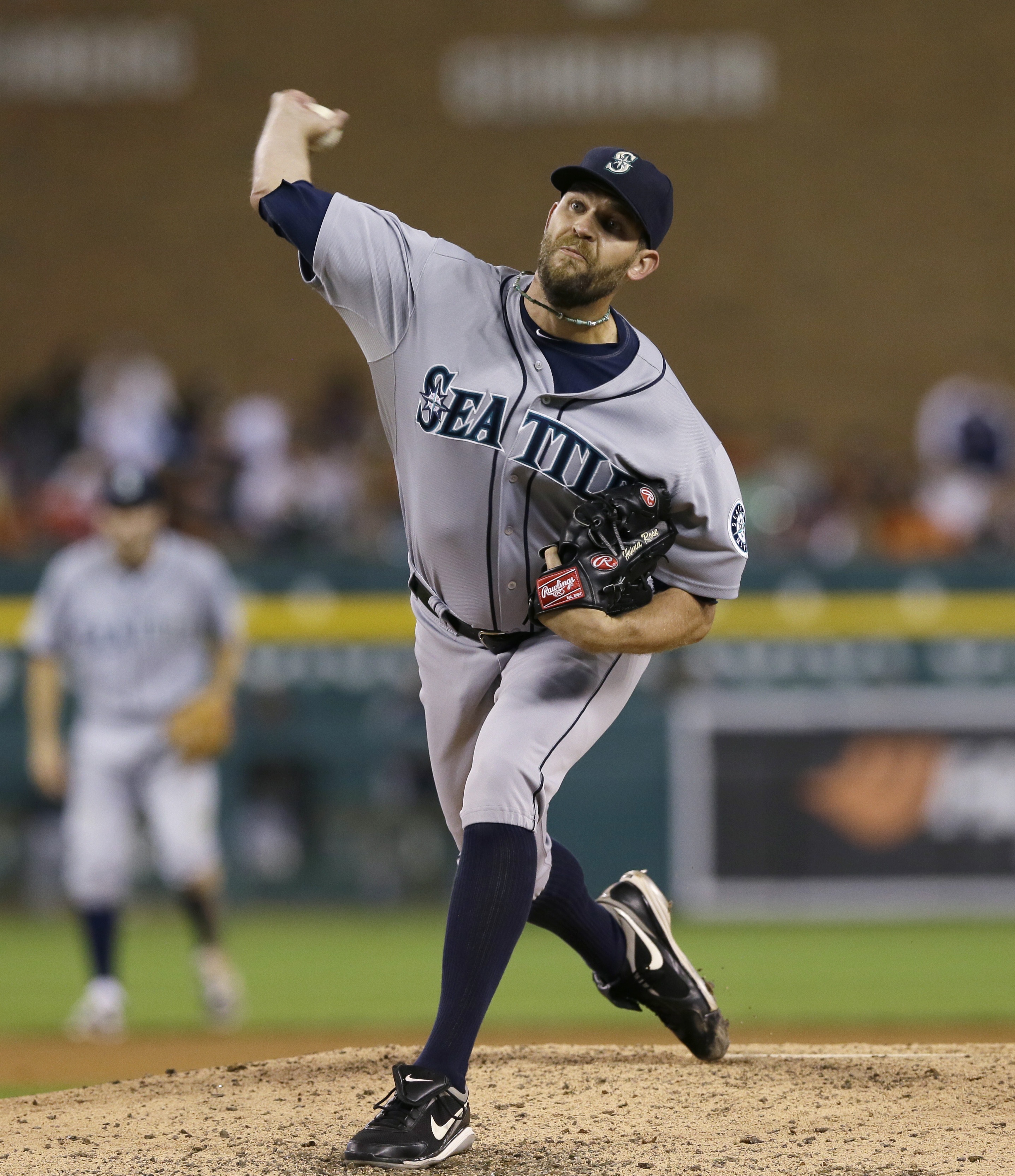I know there are some of you out there who have faithfully read this blog and enjoyed its updates over the years. You undoubtedly have noticed the blog's pace slowed down over the past few years. A quick glance at the post count each year tells the story thoroughly enough. This blog peaked in 2010 with 142 posts and has generally sunk since then with a current 2016 pace of just 46 posts - with approximately half of those being the weekly projected standings updates.
The post numbers are no surprise to me. 2010 just so happened to be my first year after graduating from Pacific Lutheran University. It was a transition year where I had a few part-time jobs. Time sprang eternal for this baseball habit. Curiously enough, 2013 is when I got the full time teaching job I enjoy now, and that coincides remarkably well with a noticeable drop-off in this blog's activity.
A good statistician would remark on the small sample size and also that correlation does not equal causation. However, this is my life and I know a thing or two about it. Anonymous sources close to the situation tell me that the correlation is a result of causation in this instance.
I started blogging in the fall of 2005 when I started at PLU. I began blogging because I wanted a mind dump and an excuse to learn some HTML/CSS. It was a diversion more than anything else. I (not so) jokingly claimed many times that it was my outlet to talk baseball so that all the new people I met at PLU would hear me talk about something besides America's pastime when they met me face to face.
Seattle Mariners Musings never moved beyond a diversion in my life although it ballooned into something bigger and more lasting than I ever imagined. Don't get me wrong, I understand how minuscule this blog is in the grand cyber universe. The Musings never got much traffic, lthough I know there is a strong cohort of you who check every post. Thanks to all of you who found this worth checking regularly over the years. That I consider this blog so much more than I ever envisioned says more about my own expectations than anything that happened. I never entertained visions of writing professionally or growing my audience.
This is a blog that had the world change around it. Consider that since this blog began:
- Facebook added features like photo albums and games. It would eventually open up to people without college e-mail addresses too.
- Twitter, Instagram, and Snapchat were invented.
- Social media in general became a thing.
- The iPhone went from the future to the present, ushering in the smart phone era.
- The iPad was invented and spawned a whole new category of computers (tablets).
- I bought my first car.
- I earned a bachelor's degree.
- I earned a master's degree.
- I morphed from college student to stipended AmeriCorps volunteer to high school math teacher.
When I step back and survey the last 11 years I am amazed that the Musings remained constant. I did not start it with any clear picture how long I would keep it up, but I did not expect it to survive the gauntlet of changes it has.
Still, everything expires at some point. I always wanted to walk away from the Musings before it got too stale to munch on. I wondered back in 2013 if teaching would necessitate me finishing off this blog. I found myself at times exasperated and wondering why I kept this diversion going, but then over breaks (especially summer break) I would subconsciously form a list of things I wanted to do on the blog. It seemed to me that I had slowed down but there was still an interest.
However, a feeling that this blog's expiration date approached kept getting stronger. I very nearly wrote this post last December. It was the first prolonged break from school where I had little interest in the Musings, which I found especially peculiar in the midst of all of Jerry Dipoto's wheeling and dealing. He rejuvenated my interest in the Mariners, yet my desire to write about the team waned.
The 2016 Mariners have helped me see for certain that this is the right time for me to hang up my...keyboard, I guess? I don't write my posts while wearing cleats. Sorry if this disappoints you. I follow this M's team closer than in several years. They are fun, albeit flawed, but I am excited about the direction Dipoto seems to be steering the good ship Mariner. His interest in capable AAA players has made my hometown team, the Tacoma Rainiers, a much more polished product than they really ever were under Jack Zduriencik. I am thankful for that.
Growing up I frequented Dodger Blues. It made me laugh endlessly and captured wounded fandom at its finest. I was disappointed when they stopped updating. It sits frozen in time though for anyone who runs into it, and that's what will happen here too.
I still have a Twitter account too (@msonmnd24) and might actually tweet from it again (?!) since I won't be writing on the Musings. I will probably dabble in some statistical projects sporadically and the odds of those getting shared on Twitter are pretty good.
Technology changed, I changed, the Mariners changed, but through it all the Musings did not change. Now it will never change. It amused me and hopefully amused you too along the way.







